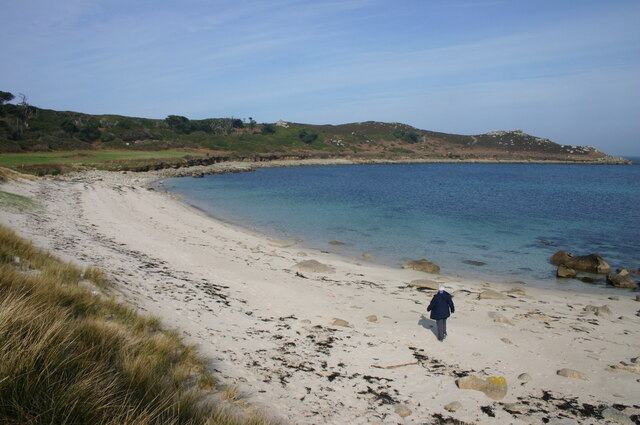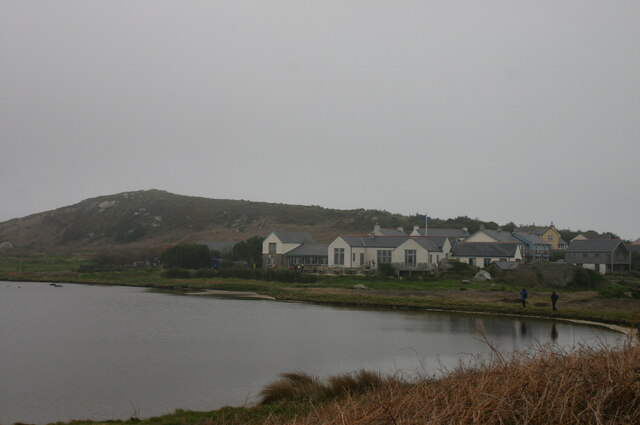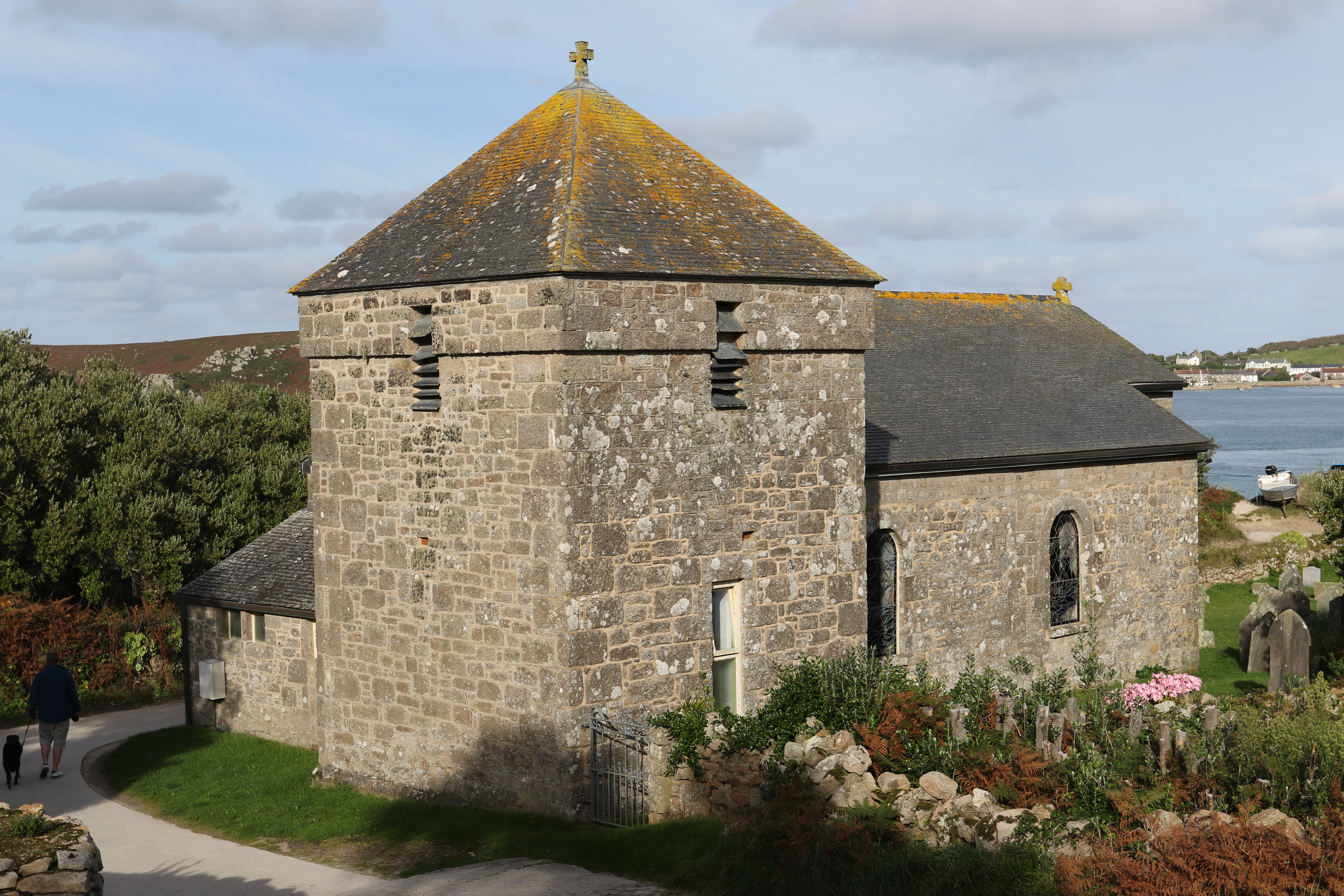Great Pool
Lake, Pool, Pond, Freshwater Marsh in Cornwall
England
Great Pool

Great Pool is a picturesque freshwater lake located in Cornwall, England. Situated near the coastal town of Falmouth, it is a popular destination for nature enthusiasts and outdoor lovers. Covering an area of approximately 33 hectares, Great Pool offers a tranquil and serene setting for visitors to enjoy.
Surrounded by lush greenery and rolling hills, the lake is fed by several small streams and springs, resulting in crystal-clear waters. It is home to a diverse range of flora and fauna, making it an ideal spot for birdwatching and wildlife observation. Visitors can expect to see a variety of waterfowl, including ducks, geese, and swans, as well as resident and migratory bird species.
The lake also supports a rich ecosystem of aquatic life, with fish such as pike, perch, and roach inhabiting its waters. Anglers can try their luck and cast their lines from the lake's banks or hire a boat to explore the deeper areas.
Great Pool is surrounded by a network of footpaths and trails, allowing visitors to explore the area on foot or by bicycle. The scenery is breathtaking, with panoramic views of the lake and the surrounding countryside. The tranquil atmosphere and abundant wildlife make it a perfect spot for picnicking, photography, or simply relaxing in nature.
Overall, Great Pool in Cornwall offers a peaceful and idyllic setting for nature lovers, providing an opportunity to immerse oneself in the beauty of the natural world.
If you have any feedback on the listing, please let us know in the comments section below.
Great Pool Images
Images are sourced within 2km of 49.95201/-6.3589317 or Grid Reference SV8714. Thanks to Geograph Open Source API. All images are credited.













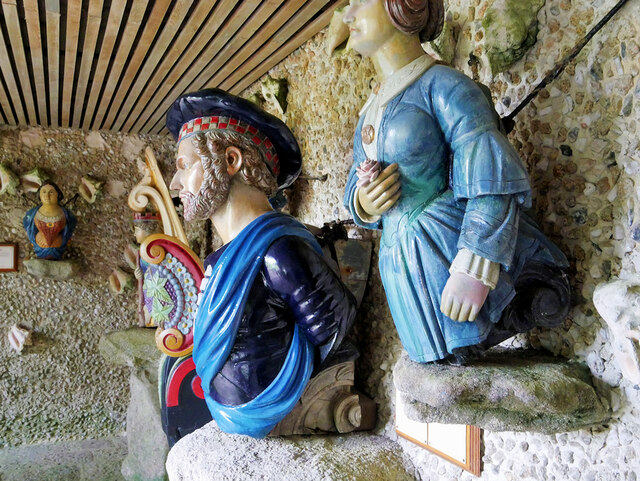
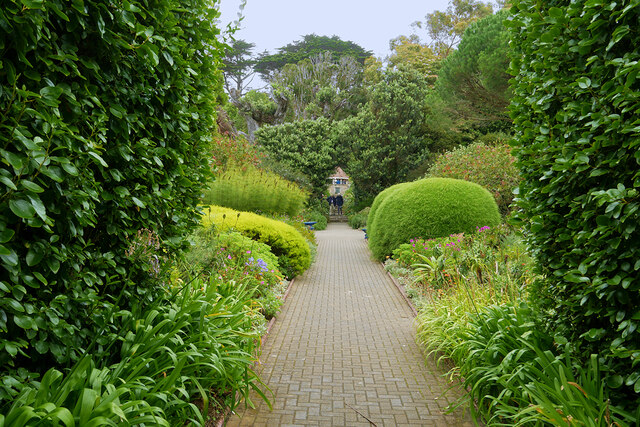
Great Pool is located at Grid Ref: SV8714 (Lat: 49.95201, Lng: -6.3589317)
Division: Isles of Scilly
Unitary Authority: Isles of Scilly
Police Authority: Devon and Cornwall
What 3 Words
///recruiter.sending.playoffs. Near Bryher, Isles of Scilly
Nearby Locations
Related Wikis
Bryher
Bryher (Cornish: Breyer, lit. 'place of hills') is one of the smallest inhabited islands of the Isles of Scilly, with a population of 177 in 2021, spread...
All Saints' Church, Bryher
All Saints' Church is a Grade II listed parish church in the Church of England located in Bryher, Isles of Scilly. == History == Bryher is the most westerly...
Gweal, Isles of Scilly
Gweal ( GWEEL; Cornish: Gwydhyel, lit. 'place of trees') is one of the Isles of Scilly. It is the largest of the seven Norrard Rocks due west of Bryher...
Norrard Rocks
The Norrard (Northern) Rocks are a group of small uninhabited granite rocks in the north–western part of the Isles of Scilly, to the west of Bryher and...
Nearby Amenities
Located within 500m of 49.95201,-6.3589317Have you been to Great Pool?
Leave your review of Great Pool below (or comments, questions and feedback).
